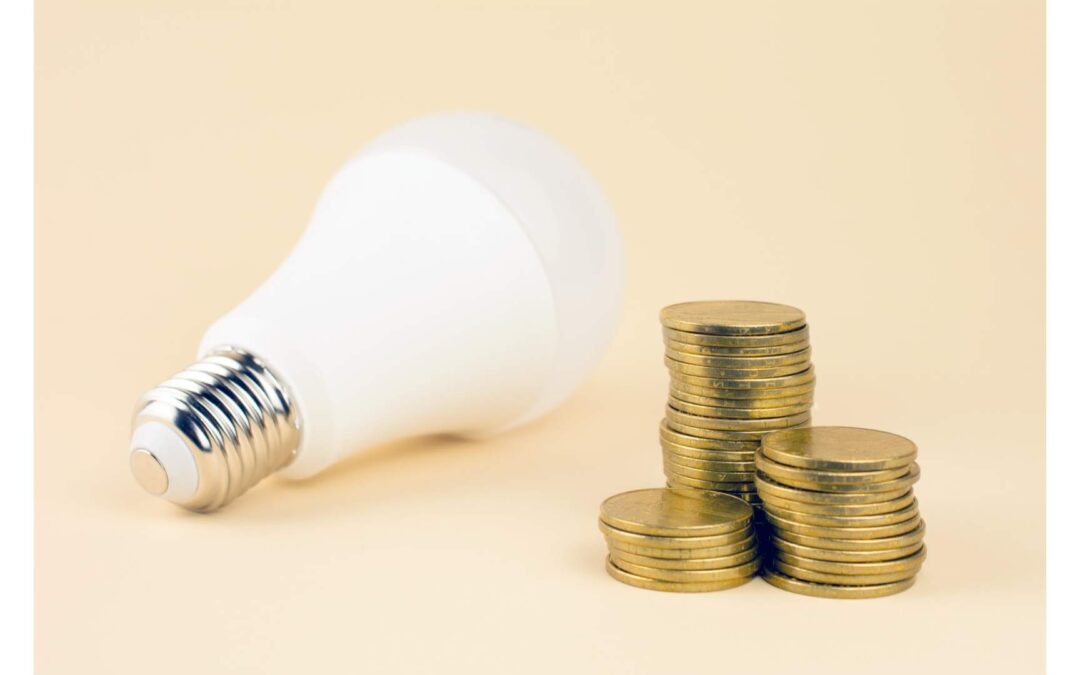In the USA, an average 2500-square foot home consumes about 11,000-kilowatt-hours annually. Going by the national average cost of 12.52 cents per kilowatt-hour, the average annual cost is $1378. Now, this is quite a cost and by the way, it is on the lower side. Thus, every homeowner seeks easy ways to save energy at home.
Most people lack information about how to make their homes consume less energy. Thankfully, this is not too hard as there is a whole load of information on how to save energy usage at home.
Here, we are going to look at the top three:
1. Turn appliances and fixtures off when not in use
Do not leave electrical appliances running if they are not in use. Switch off! Ensure that the gaming consoles, the TV, computer, and any other device that is not in use are switched off.
This means making a deliberate effort to check all these items before leaving the house. Also, ensure that you unplug them from power, especially if you will be gone for some time.
If you do not like to switch off your computer to use it promptly, just put it in hibernation or sleep mode. It will still use power but at very minimal amounts.
Other things that you should remember to unplug include smartphone chargers, cable boxes, and others. It is even safer to unplug the entire power strip because its lights consume a little amount of electricity.
Also, switch off all the kitchen appliances except those that you must use. You can leave the fridge plugged in and running, but there is no reason to leave the cooker, blender, and other smaller appliances plugged in.
Many strip lights and appliances have lights that indicate their status and these lights use electricity even when the appliance is not running.
2. Change how you use the big energy consumers
The biggest energy consumers at home include washers and dryers, heating and air conditioning, electric ovens/stoves, and water heating. That is why you should learn as much as you can about how these things use energy.
One of the ways to reduce their energy usage is to ensure they are well maintained. If some appliances are faulty, they can consume more energy than necessary. At least once a year, get a technician to check the air conditioning, whole house dehumidifier or humidifier, and water heating.
Also, you do not need to use the bigger consumers such as HVAC all the time. You can switch it on during the hottest part of the day. This is between noon and 4.00 PM. After that, switch it off.
You can also do the same with the bathroom appliances. For instance, a shower uses less water and energy than a full bath.
3. Do the little things because they matter
There are so many little things to do at home to save energy. Here are a few:
Buy LED bulbs – These are some of the energy-saving must-haves for every home and office. Not only do these bulbs last so long, but they also have a soft light with a bluish tinge. Also, the LED bulbs last many years. Experts say that by the time the bulb reaches the end of its lifespan, it will have saved you at least $100.
Cover cooking pots when cooking – Again, this is a little thing, but it matters. Covering your cooking with lids keeps the humidity in check so you don’t have to run a dehumidifier. It also prevents energy loss.
Use smart devices – Imagine owning a computer that goes into hibernation mode after 10 minutes of disuse. Now, imagine getting more smart devices that go off with disuse. This is a real energy saver.

